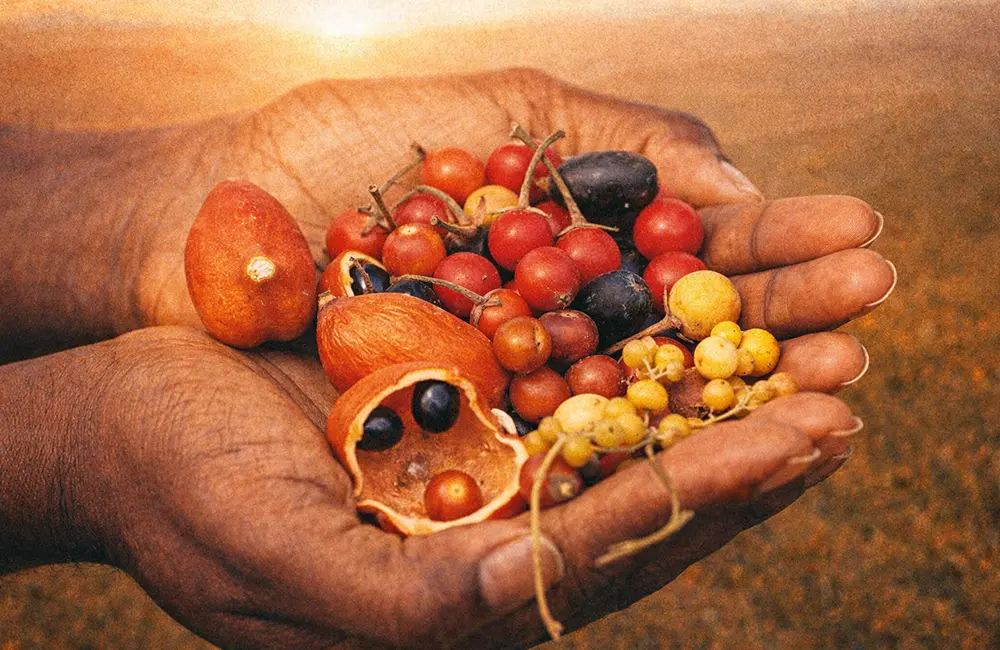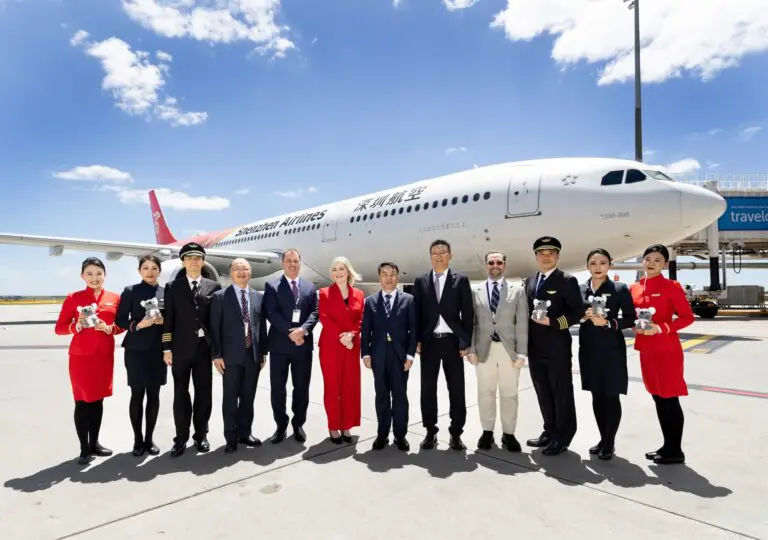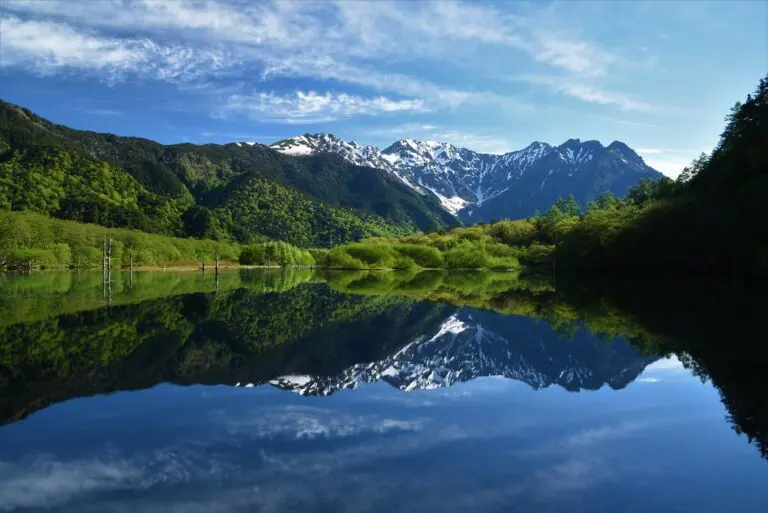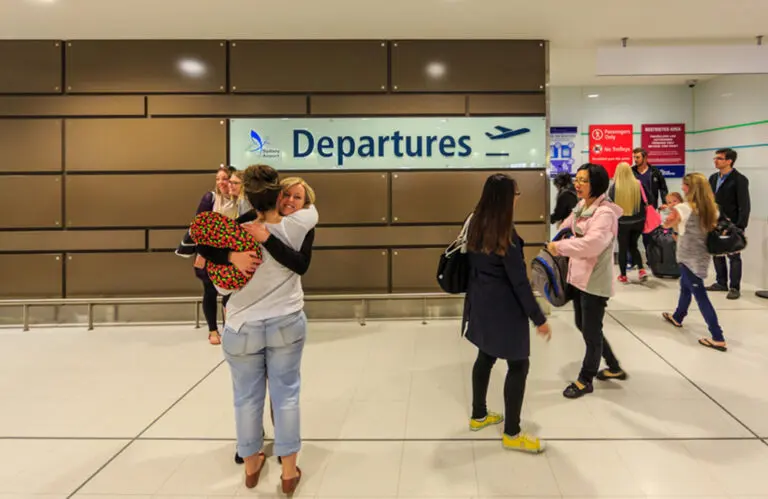As 2025 draws to a close, Karryon founder Matt Leedham reflects on another chaotic and correctional year for the Australian travel industry, shaped by AI hype, global disruption, and human resilience, before turning to what truly matters for the industry in 2026.
Following the post-pandemic travel boom years, 2025 was widely expected to see a correction, as they like to say in the stock markets. And in so many ways, it certainly did. Outside of the pandemic itself, I can’t recall a year that shook the travel industry’s foundations quite like this one.
So, as 2025 draws to a close, I wanted to pause, not just to say thank you, but to reflect honestly on the year that was and look ahead with weary yet optimistic eyes.
While we know that life is inherently uncertain, this year’s turbulence pushed many beyond their limits to cope with that word we all grew tired of hearing during the pandemic again.
Uncertainty in 2025 was defined by economies worldwide stalling or spiking, shifting destination habits and desires, and blurring booking seasons. Many long-held beliefs were quietly dismantled, and across travel, politics, technology, tariffs, media and entertainment, the models and rules we had relied on for decades shifted, sometimes overnight.
We’ve lived through a year where, once again, technology promised everything and delivered, well, marginal gains and yet more fear and confusion. AI hype went mainstream with the champagne-popping promise of the great unlock: more time, more creativity and more productivity. And in certain ways, it has delivered, with the usage of ChatGPT, Gemini, and Copilot skyrocketing, and AI solutions being implemented across workplaces, which power our everyday lives through smartphones and devices.
What hasn’t helped is the endlessly recycled “end of the travel advisor” narrative (yawn), alongside the attention-sapping, industrial-scale surge of AI-generated slop, fake travel content and faux influencers clogging our feeds. As Professor Scott Galloway aptly describes it: these are fast becoming “weapons of mass distraction.”
As automation accelerates and business models chase agentic scale, efficiency and profit, many fear a future increasingly optimised for machines, not humans. There’s growing concern that over-reliance on AI-mediated interaction can intensify isolation, reinforcing a simple truth: technology may simulate connection, but it cannot replace it.
And yet, here’s the beautiful paradox. Travel itself has never been more relevant.
We work across the travel distribution landscape, including aviation, wholesalers, tour operators, cruise lines, hotels, destinations, and, critically, travel advisors and travel professionals, who remain the human connective tissue of this industry. The people translating complexity and fear into confidence. Turning product into journeys and memories. And travellers into storytellers and advocates.
We don’t just sell travel.
We connect people to places, to cultures, to themselves and to each other.
That matters.
Australian outbound travel continued to boom in 2025, with the most recent ABS data stating Australians are taking “more overseas trips than ever before”.
The Australian Bureau of Statistics (ABS) reported a 7.9% year-on-year increase in short-term resident returns in October alone. Not surprisingly, Japan, Vietnam, New Zealand, Thailand, Bali, China, and Singapore were among the standout destinations.
According to the ABS’s annual data for the 12 months ended August 2025, Australia received 12.2 million resident returns from overseas, representing an 11.6% increase from the previous year.
When it comes to inbound travel, short-term visitor arrivals also grew by nearly 10 per cent (9.3%) in October to 740,650.
All positive news for Australian travel and tourism in general.
What else? People’s appetites for cruising continued to rise, while event-led travel, which also shaped demand, built on the “Swift effect” of late 2024 and accelerated again with major 2025 tours in Australia, such as Oasis and Lady Gaga, as well as sporting events, influencing where and why people travelled.
Price played a defining role in shaping a two-speed travel economy. At one end, the boom of low-cost carrier capacity and value-led travel to Asia surged as households adjusted to tighter budgets. At the pointy end, luxury travel continued to perform strongly, driven by those who prioritise comfort, bucket-list experiences, and the social currency that comes with travelling the world often.

At the same time, there is no shortage of work to be done.
As an industry, we face complex and interconnected challenges, ranging from sustainability alignment and climate impact to fair wages, modern slavery, workforce shortages, and how we attract, skill, and support the next generation of travel professionals. These are not issues any one business, brand or government can solve alone. Progress will only come through collaboration, shared accountability and a genuine willingness to work together.
Geopolitics also reshaped travel sentiment in 2025. The conflicts and unrest in Ukraine, the Middle East and Sudan continued, with parts of Asia, the UAE, and areas of Europe experiencing changes as destinations adapt to shifting flows and sensitivities. Overtourism has returned to the spotlight, emerging in places such as Japan as well as the usual European hotspots and even Antarctica and South Africa, reigniting debates around capacity and community impact. Growth, however, hasn’t been universal, with Australian travel to the U.S. experiencing a notable double-digit decline since the start of Trump’s second term in January.
Closer to home, we’ve also experienced deep loss. This year, our industry lost many much-loved people. We’ve celebrated lives well lived and consoled one another through grief, a reminder that this is, first and always, a people industry. Most recently, Australians, including the travel industry, united in the wake of the horrific Bondi attack, choosing compassion and community in incredibly dark times.
Travel truly can be a force for good. Let us never forget that.
Where does travel sit now in all of this?

As strong as ever. But changed.
Following the recent boom years, 2025 demanded adaptability, humility and resilience. And while challenges remain, our industry has never been more open to collaboration or embracing new ways of working together.
TRA expects outbound travel to ease to around 5% in 2026 before tapering further. Even so, Australian resident trips overseas are still projected to reach a whopping 14.9 million by 2030.
For 2026, the fundamentals feel clear. Human connection will matter more than ever. Collaboration will outperform competition. Trust and authority will cut through the noise. And time, real rest and real presence must be respected and protected.
In that context, perhaps the most critical skill we can teach the next generation isn’t technical at all, but the value, importance and craft of human relationships: empathy, communication and trust.
At this time of year, everyone, including us at Karryon, wants to predict the future. It’s what we do. Forecasts, travel trends, outlooks and hot takes fill our feeds. But if this year has taught us anything, it’s that the crystal ball is broken.
Because let’s be honest. We have no real idea of what will happen in 2026.
But while the crystal ball may be defunct, our sense of agency isn’t. As management thinker Peter Drucker once put it, “The best way to predict the future is to create it.”

Travel will continue to evolve. The world will remain complex. But the connective power of travel, and the people behind it, isn’t going anywhere.
To our loyal readers, partners, and community, thank you for your trust, feedback, and continued support in 2025.
On a personal note, this year I became a cancer survivor after being diagnosed with stage 3 melanoma in February. I’m acutely mindful of those who are still living with cancer or whom we’ve lost, which makes the overwhelming care, kindness and support I received from across the travel industry all the more humbling. I’m now in remission and immensely grateful to be part of this travel community.
On behalf of all of us at Karryon, we wish you and your loved ones all the very best for the holiday season and the new year.
Karryon into 2026, together in travel.
We’re proud to share that Karryon reached 32 million travel lovers this year across all our digital channels in Australia and globally, connecting and influencing both the travel trade and travellers, and maintaining our #1 category site ranking on Similarweb throughout 2025.







